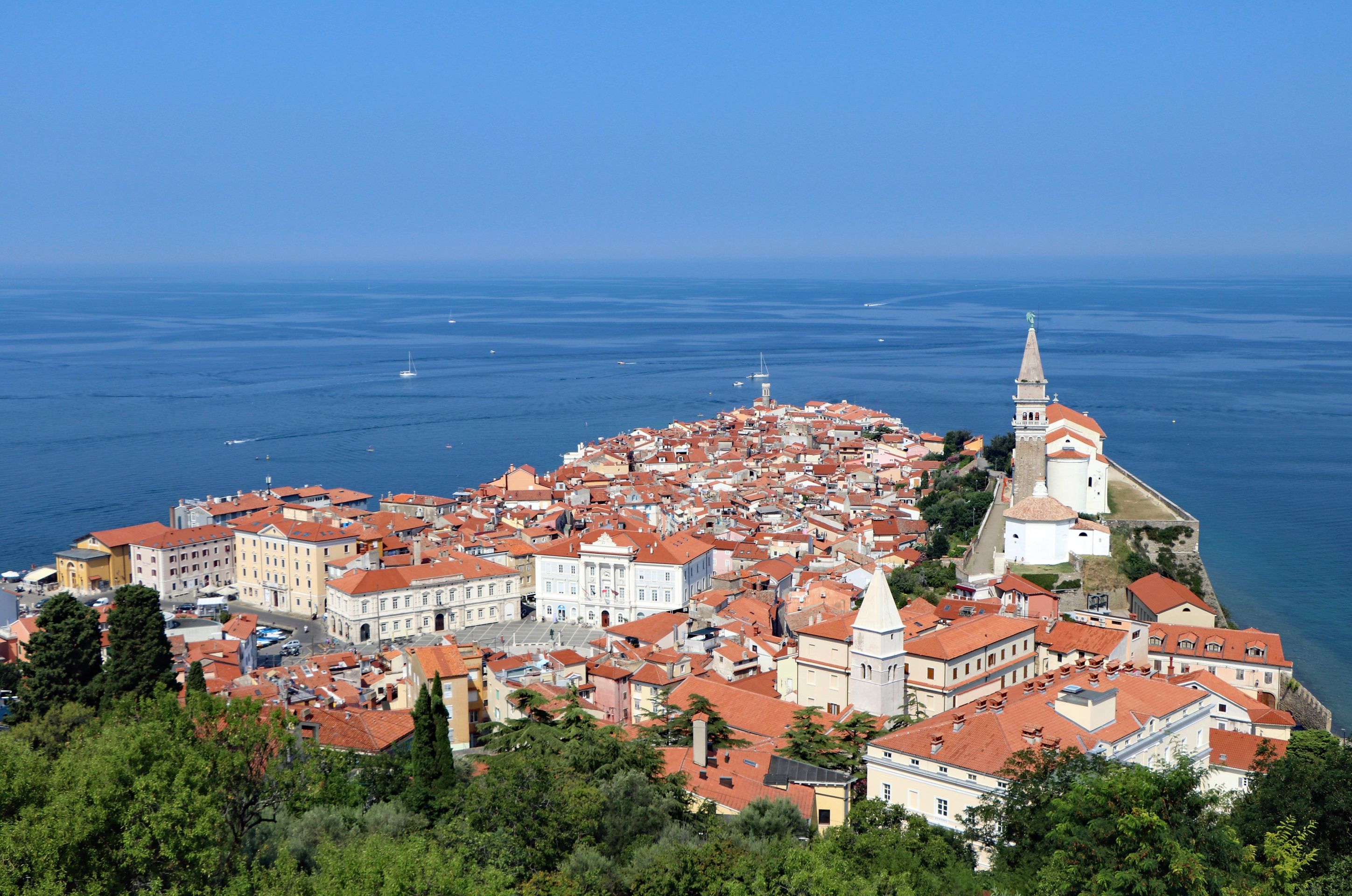
Wolfgang Zander
vakantio.de/eine-reise-mit-dem-zug-durch-bulgarien
WÜRZBURG (2) - The church buildings as the theme of the 7th station
Argitaratu: 28.12.2020
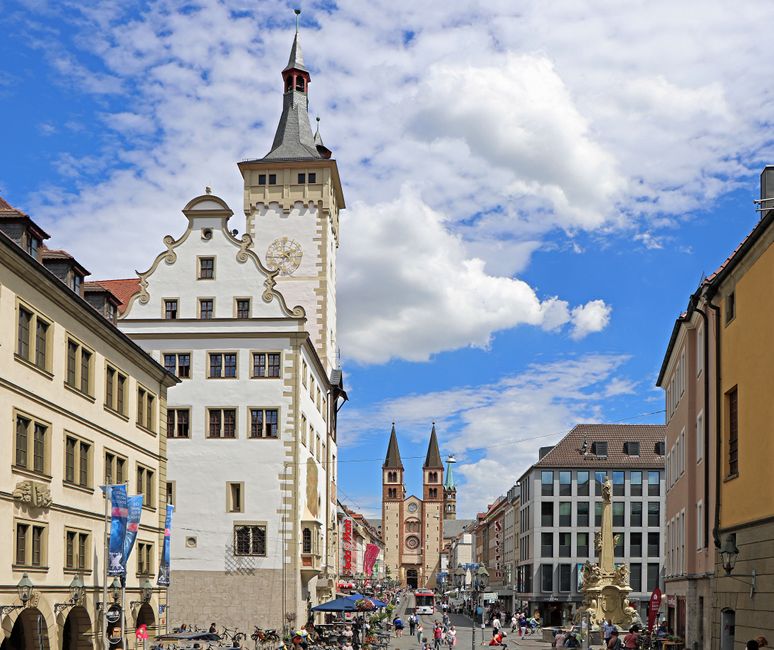
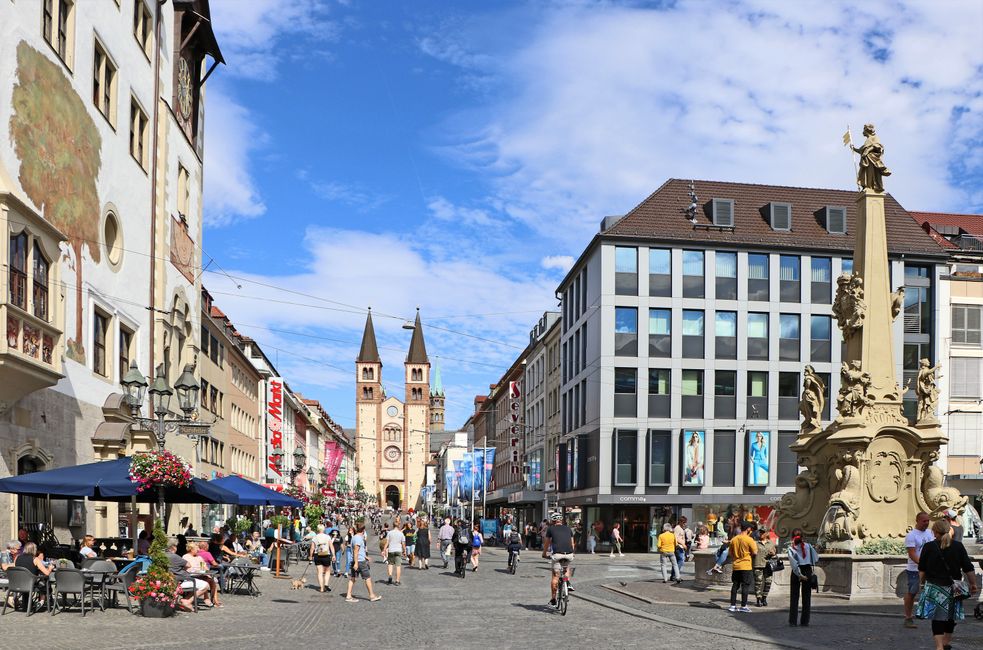
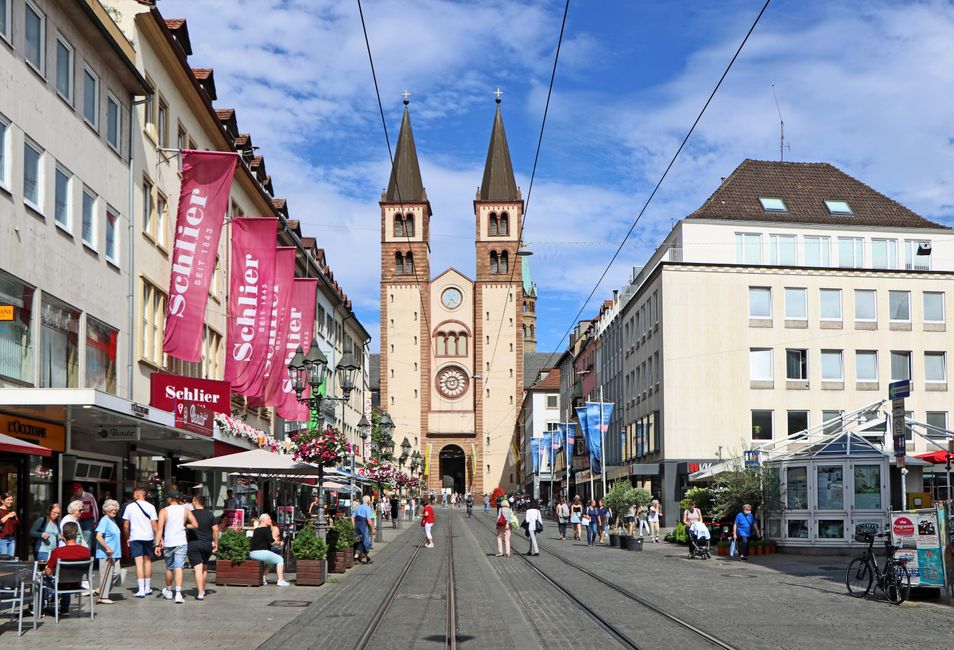
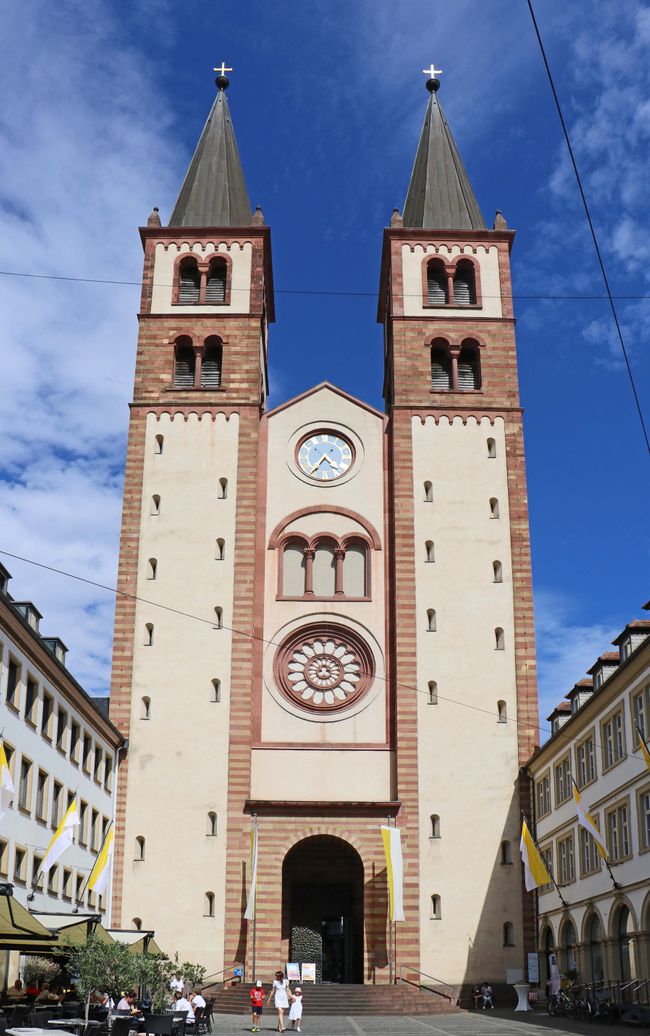
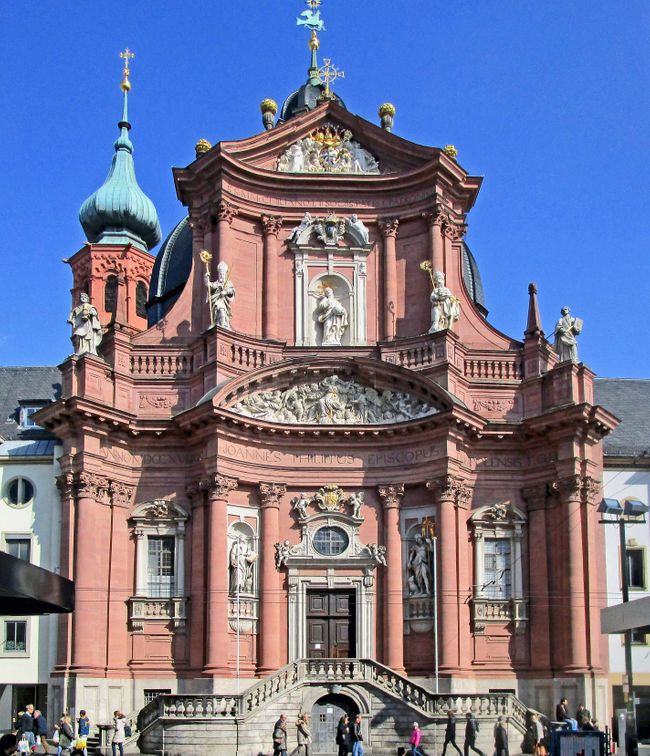
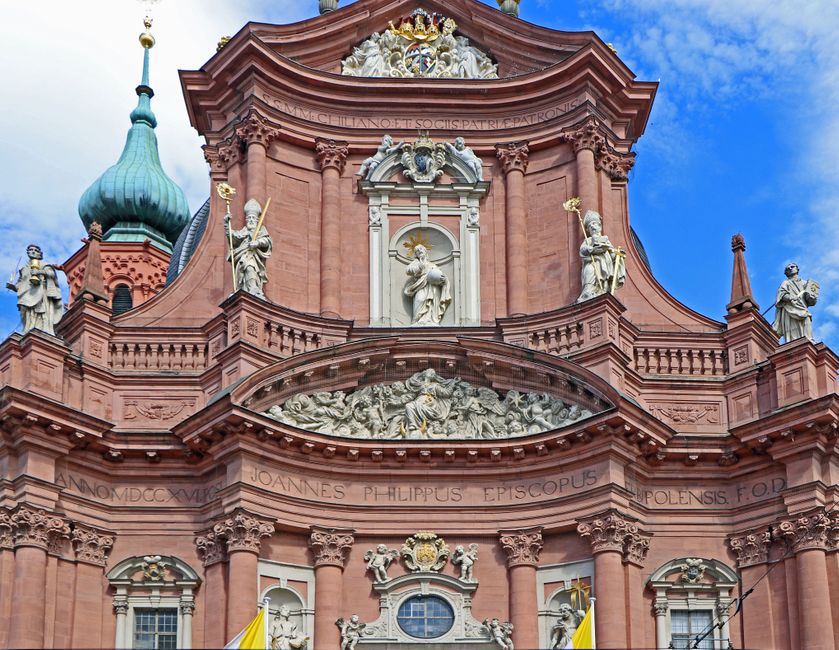
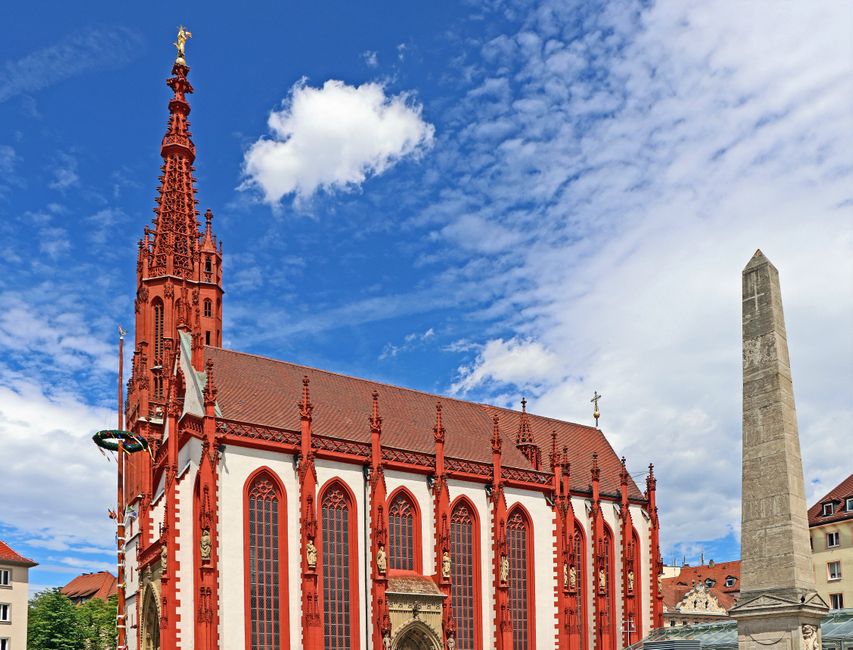
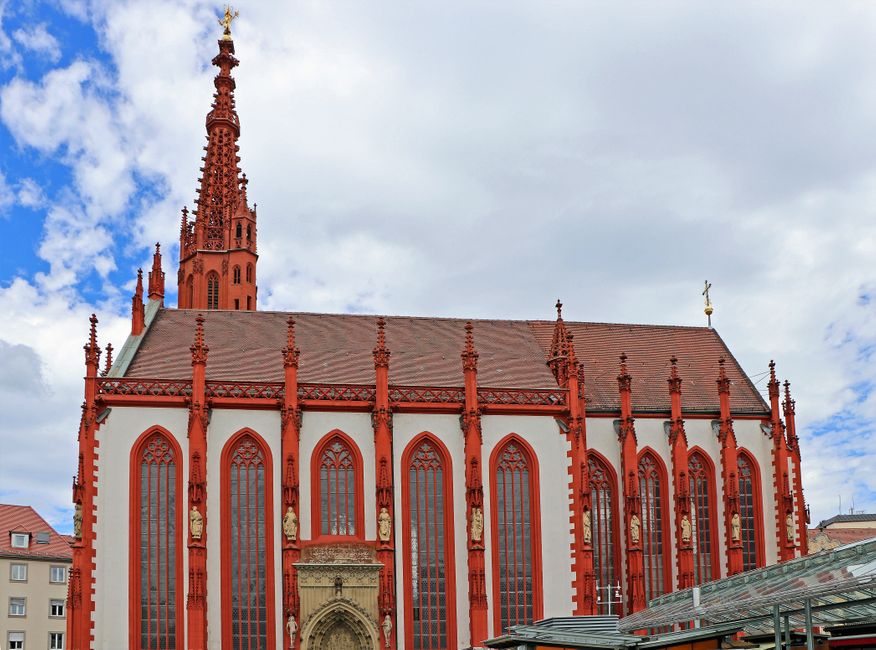
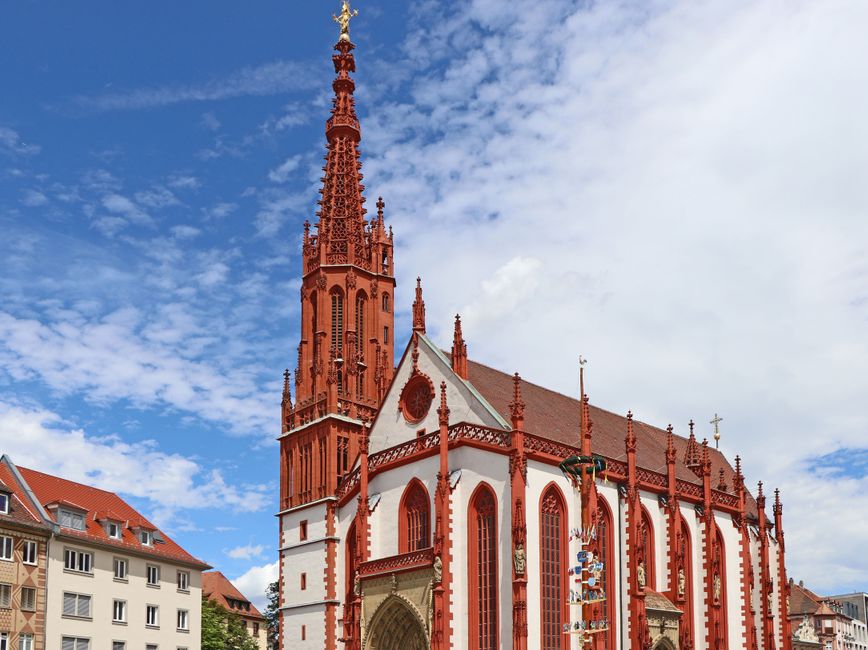
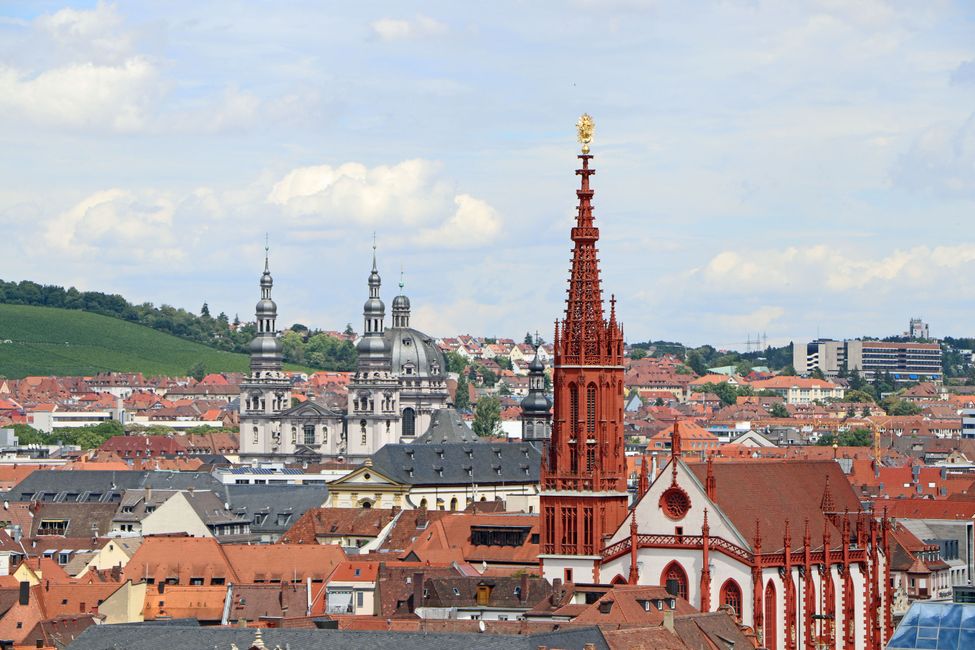
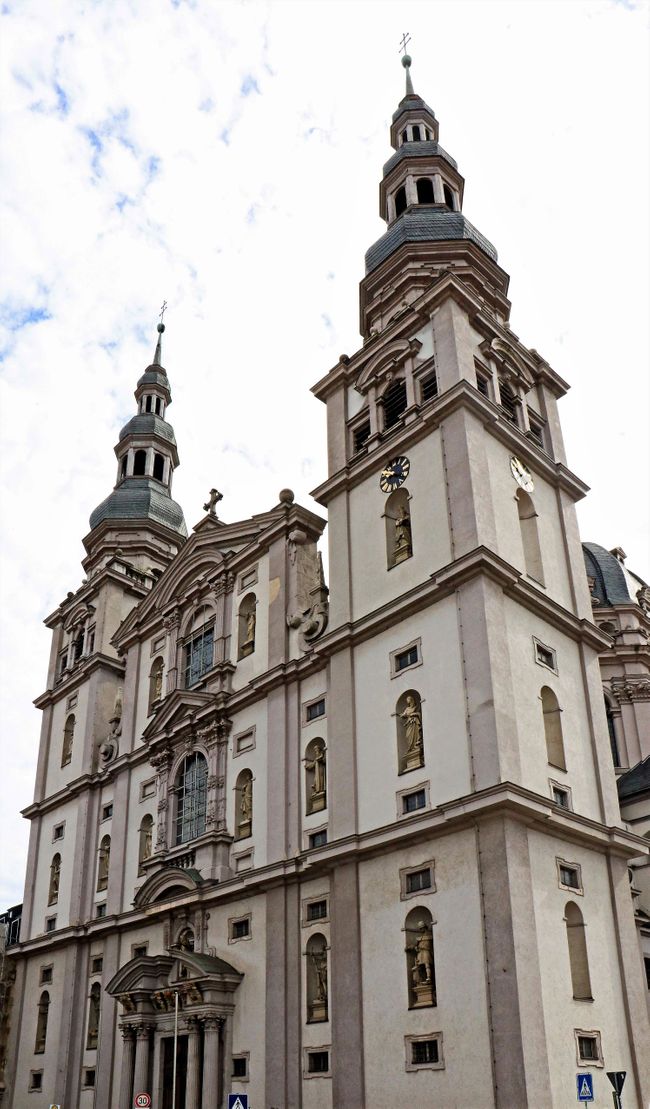
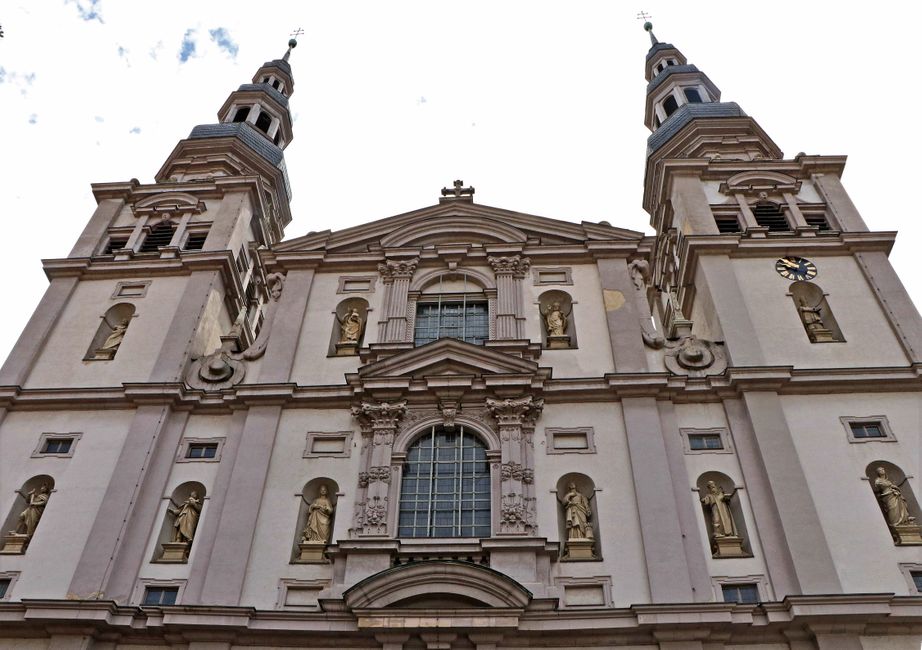
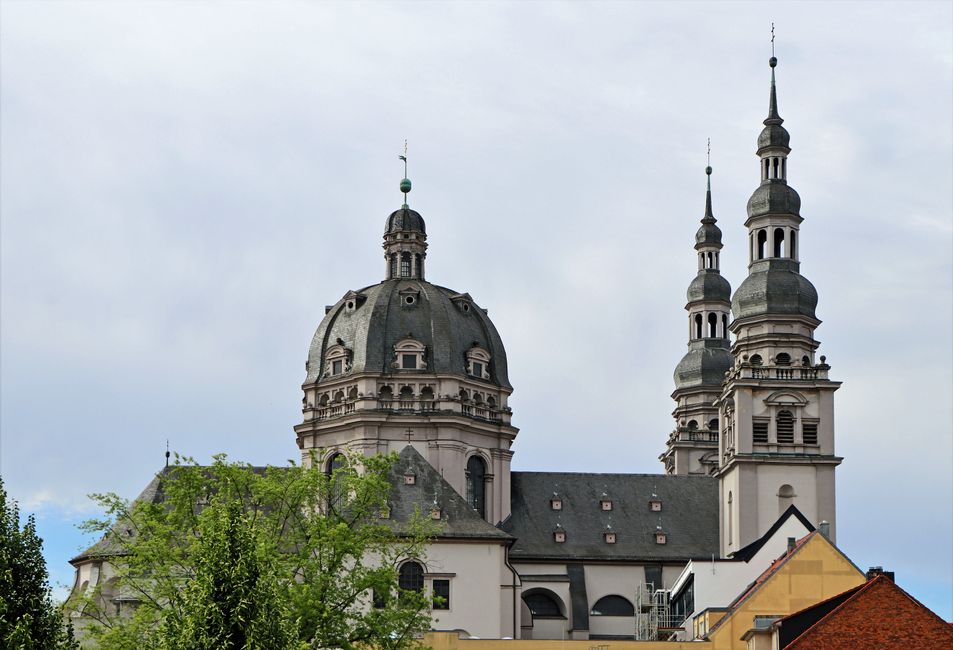
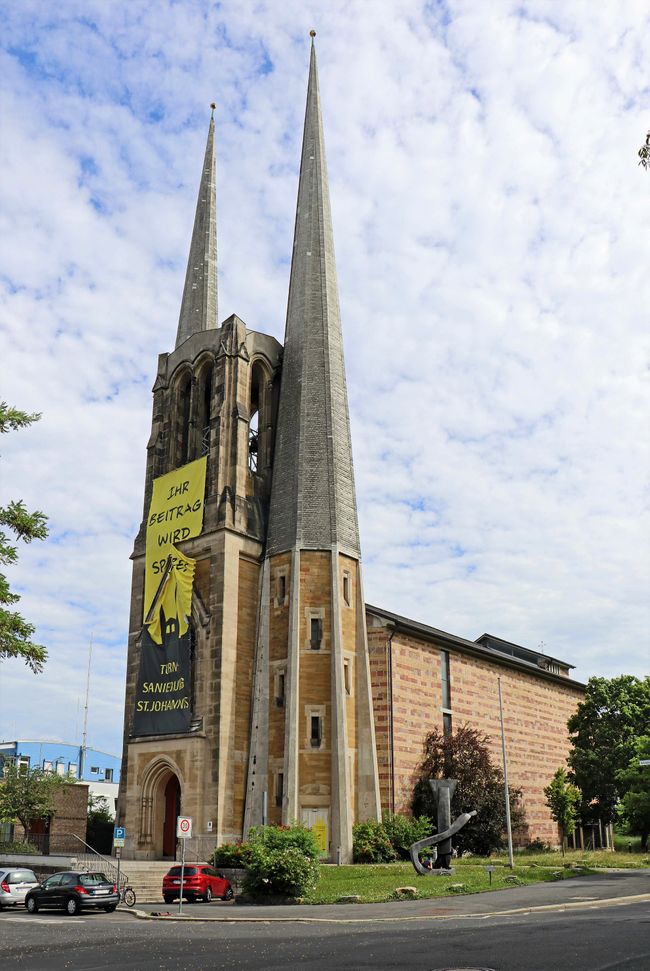
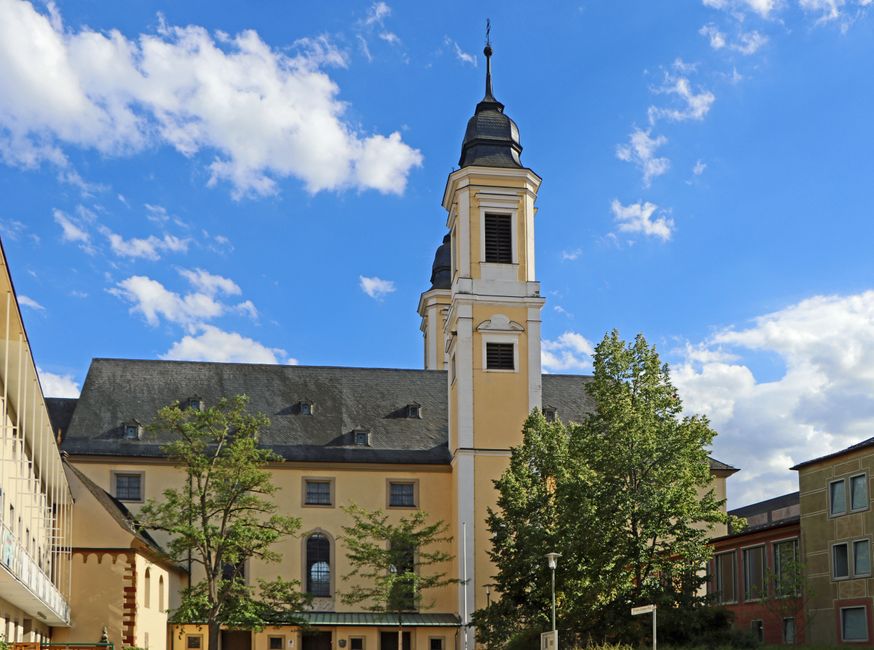
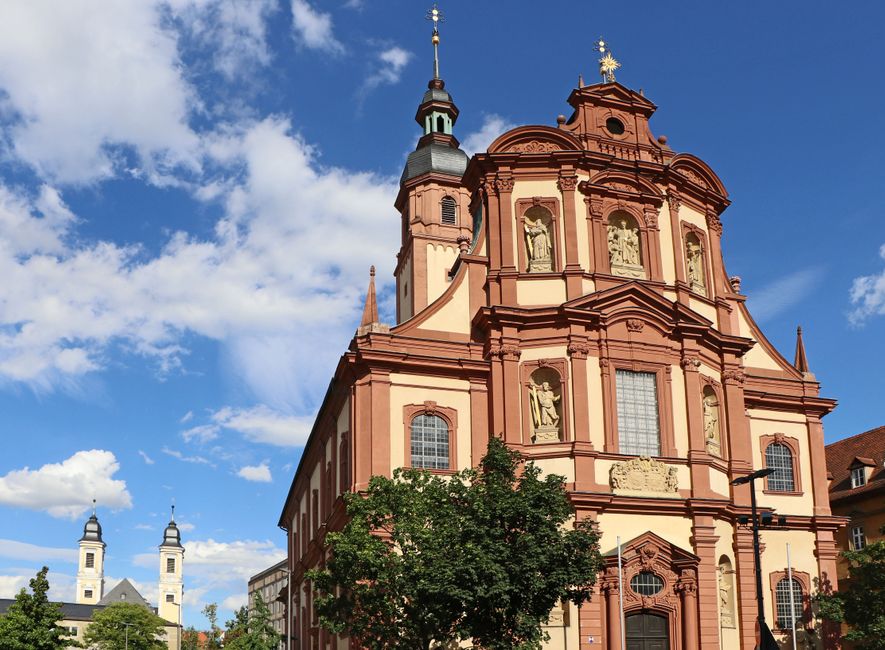
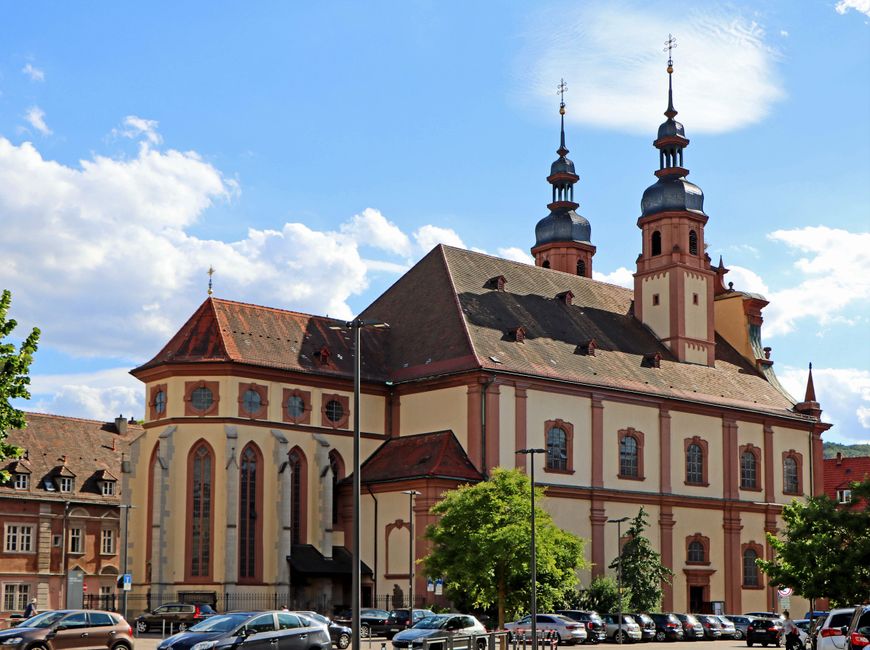
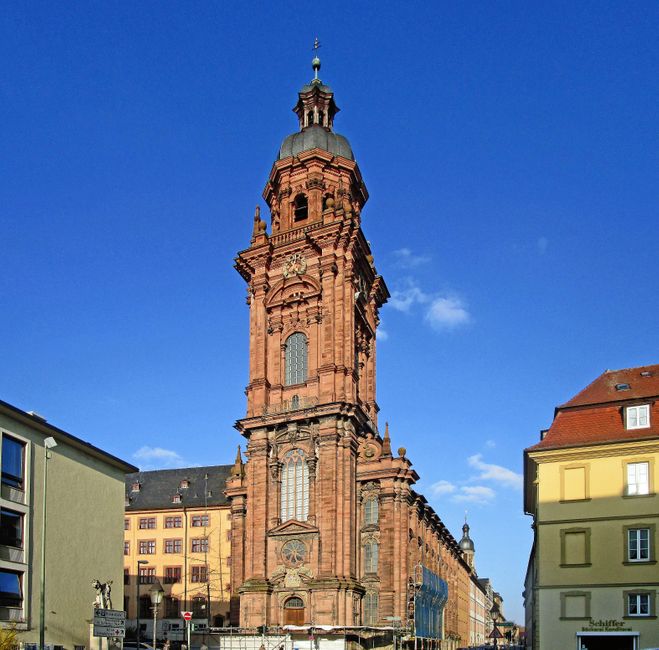
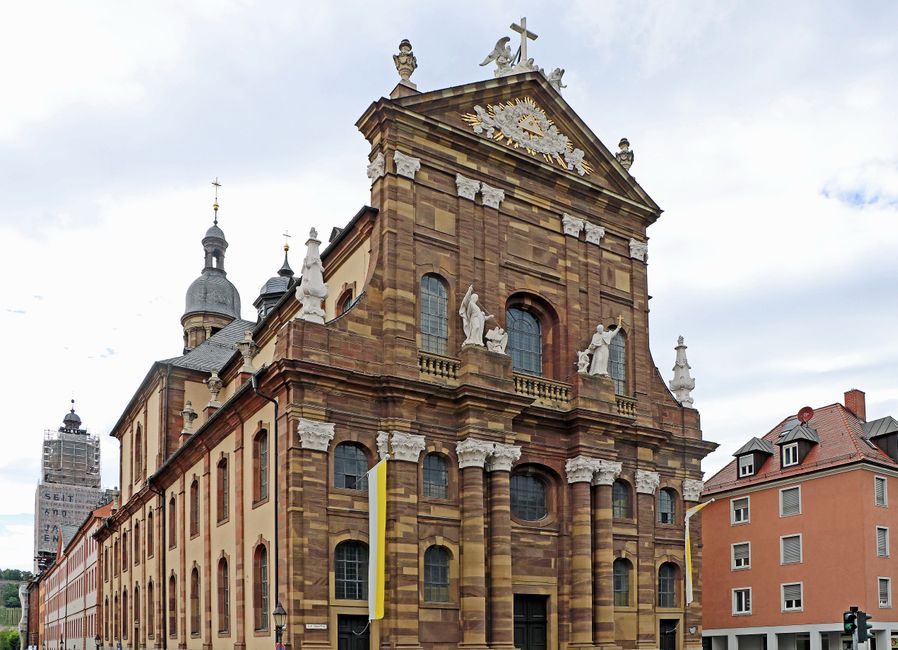
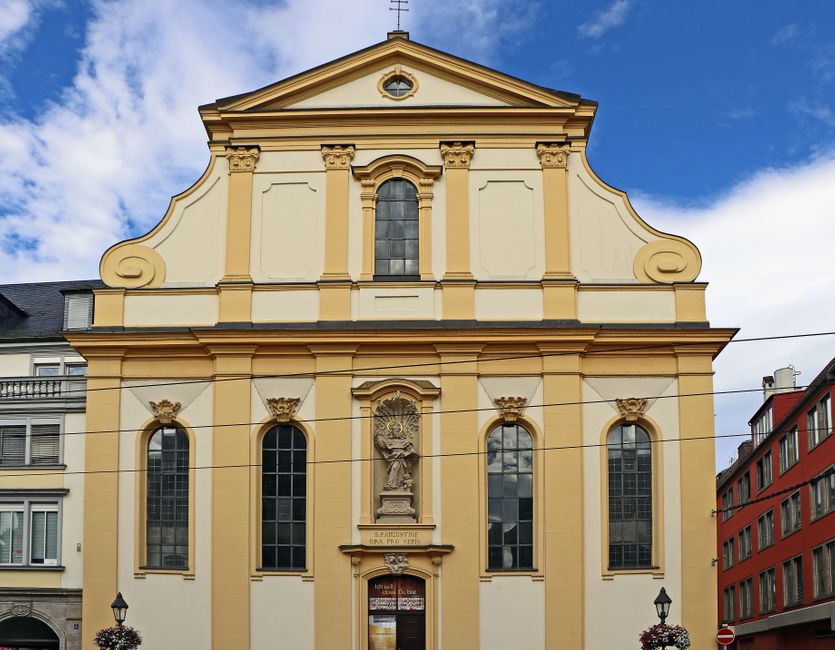
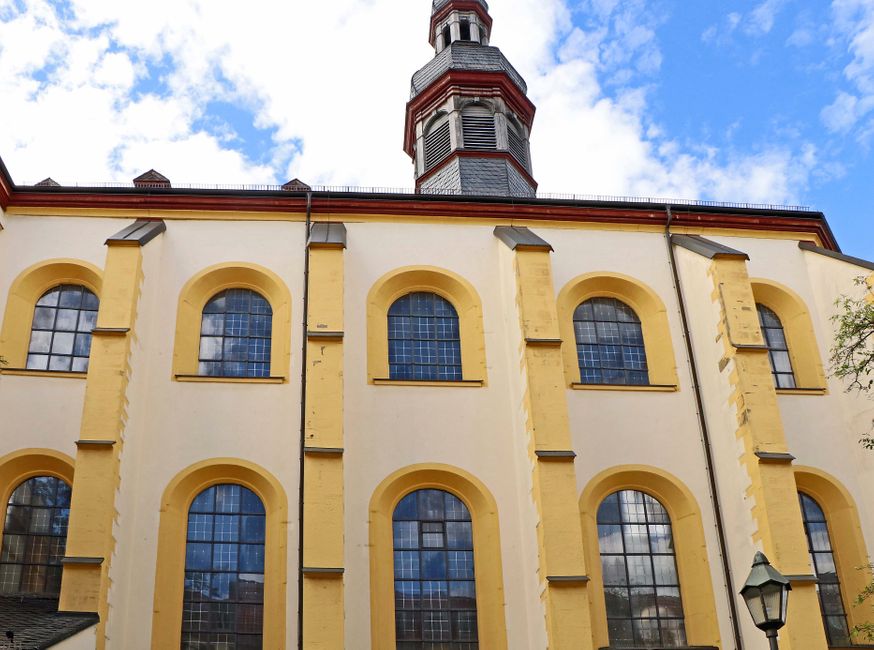
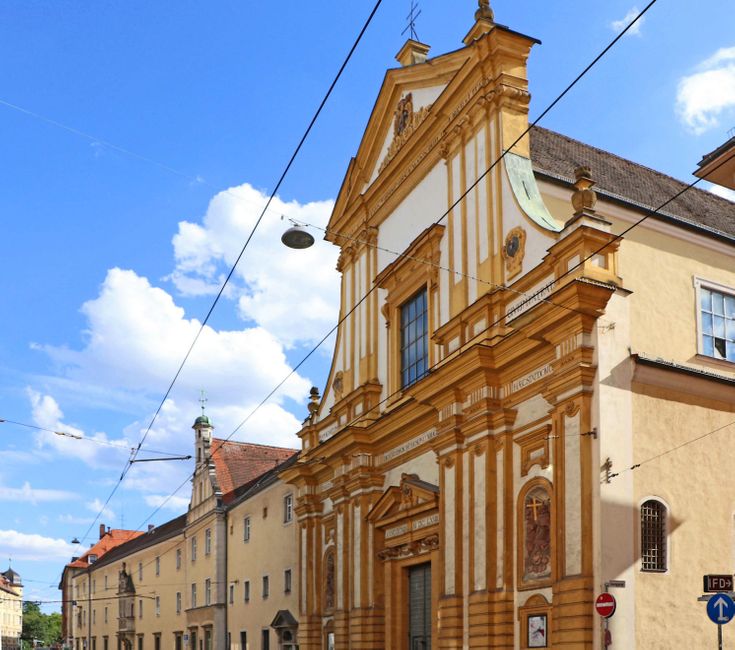
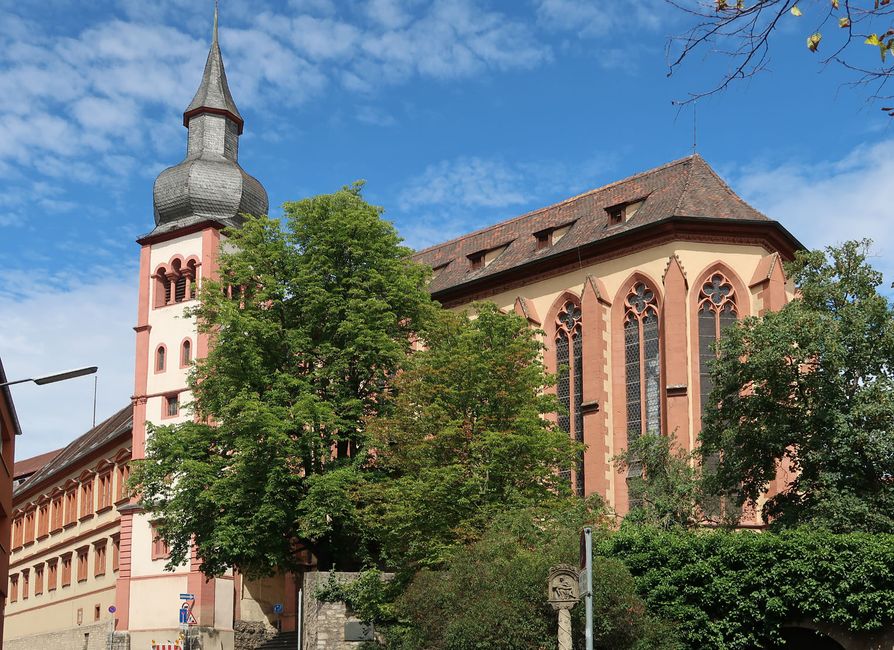
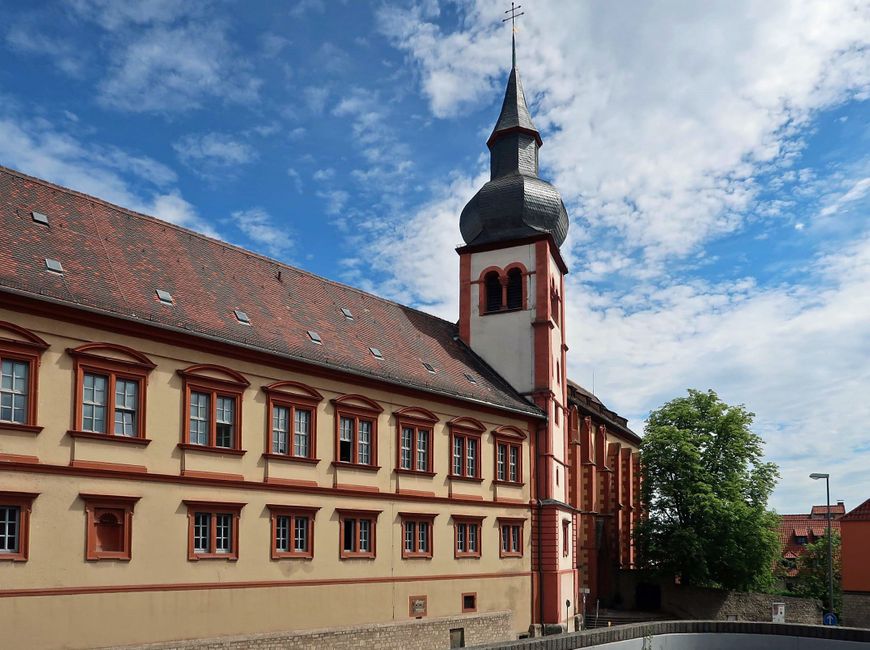
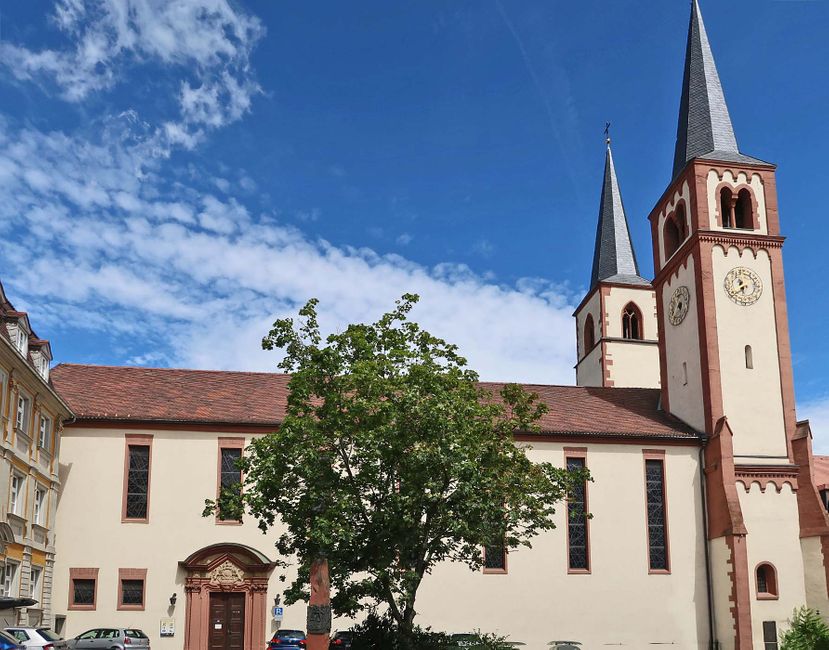
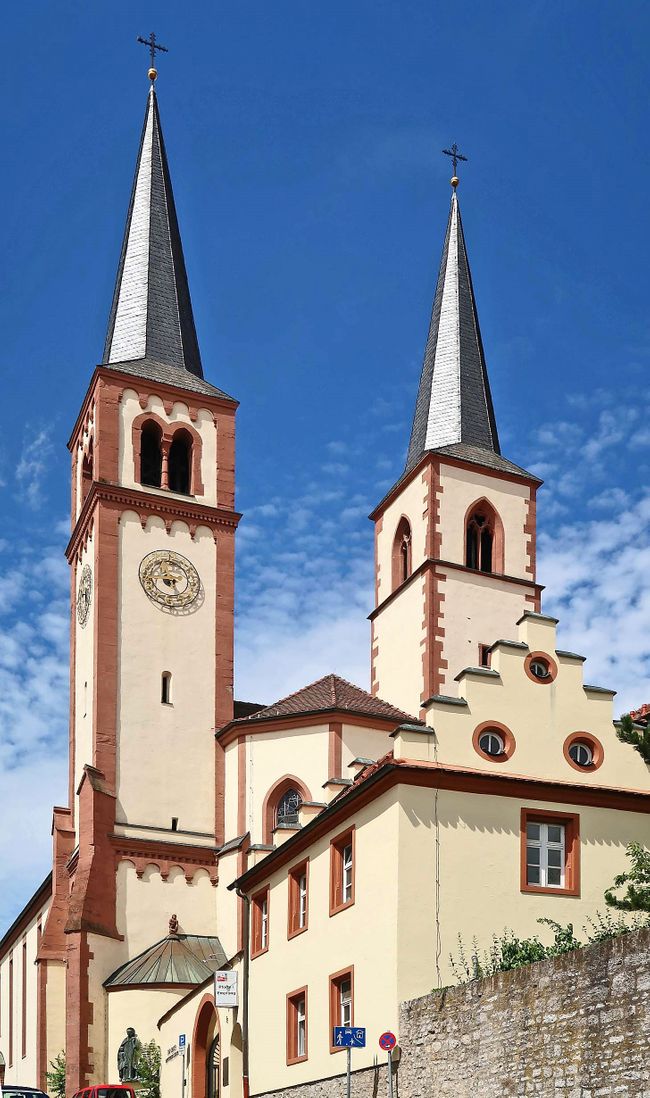
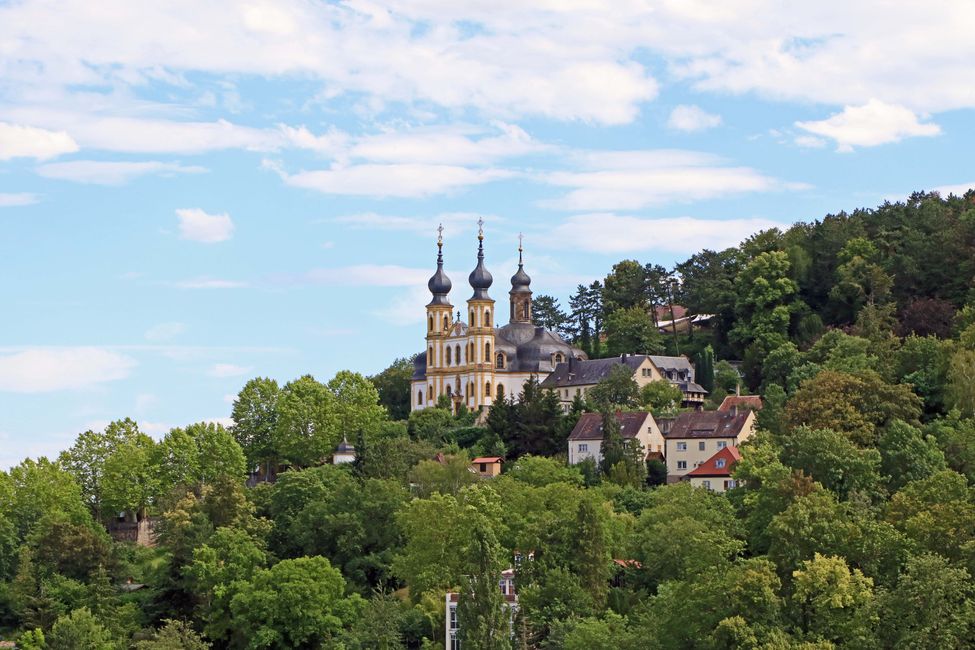
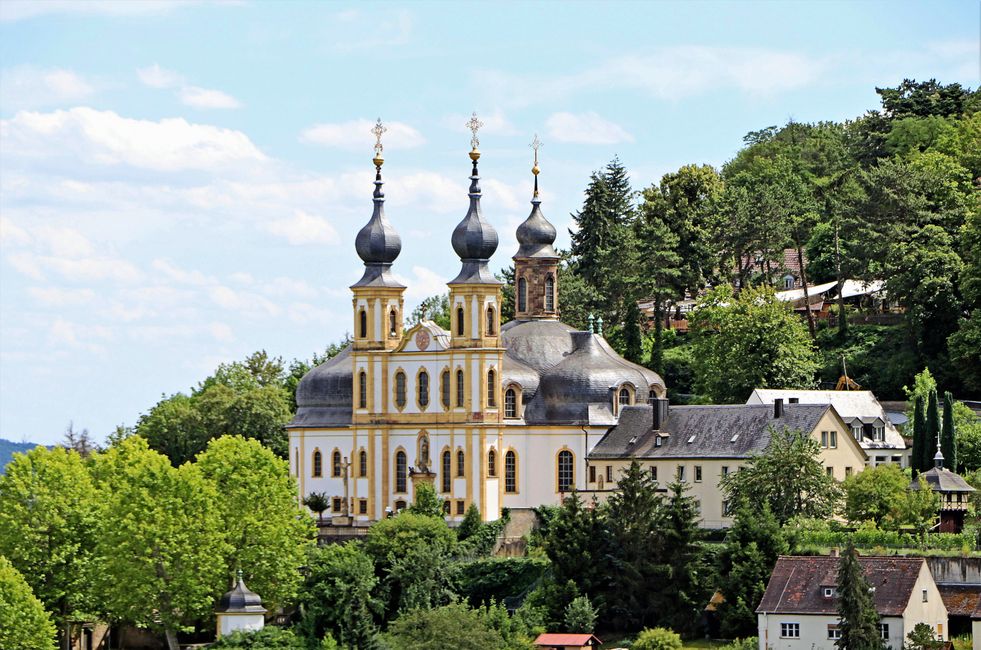
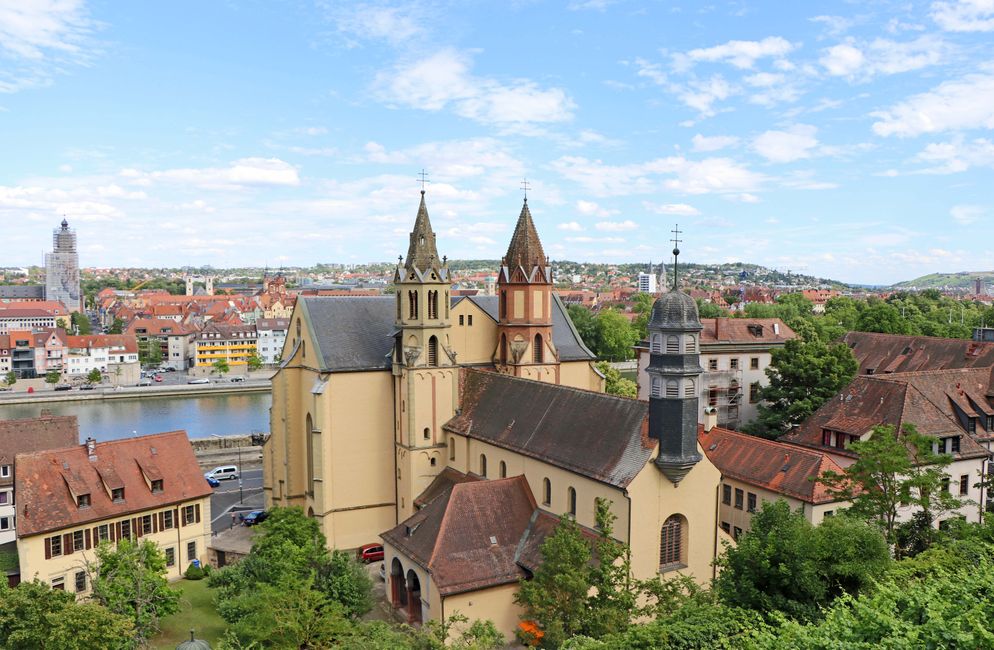
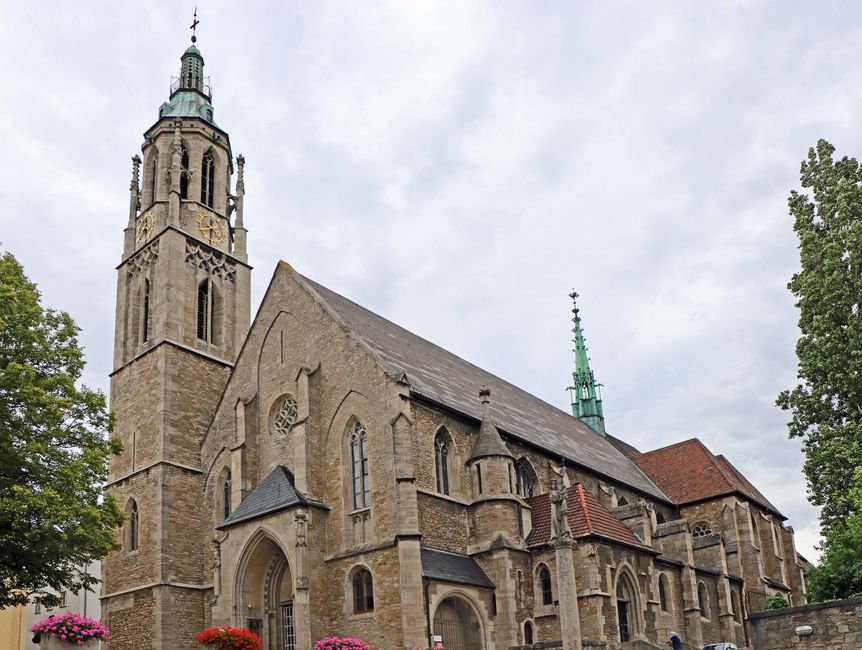
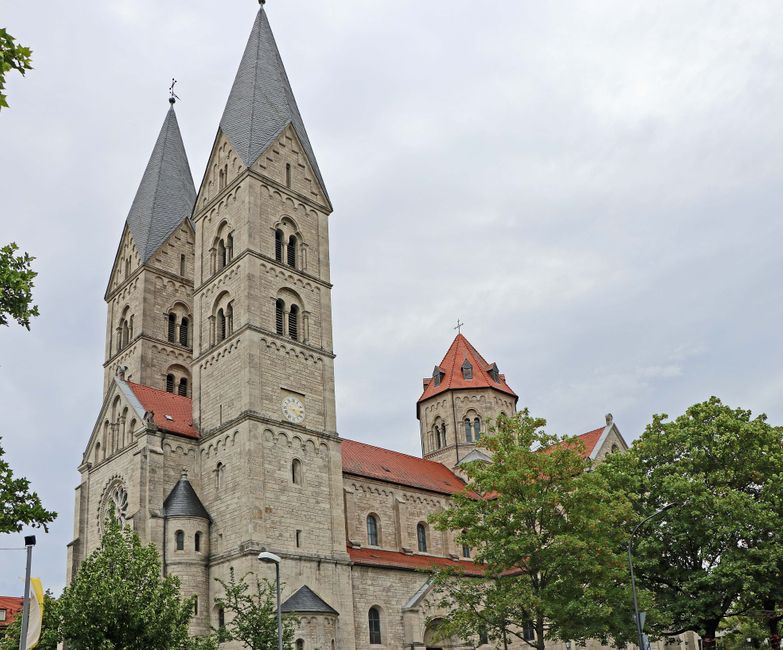
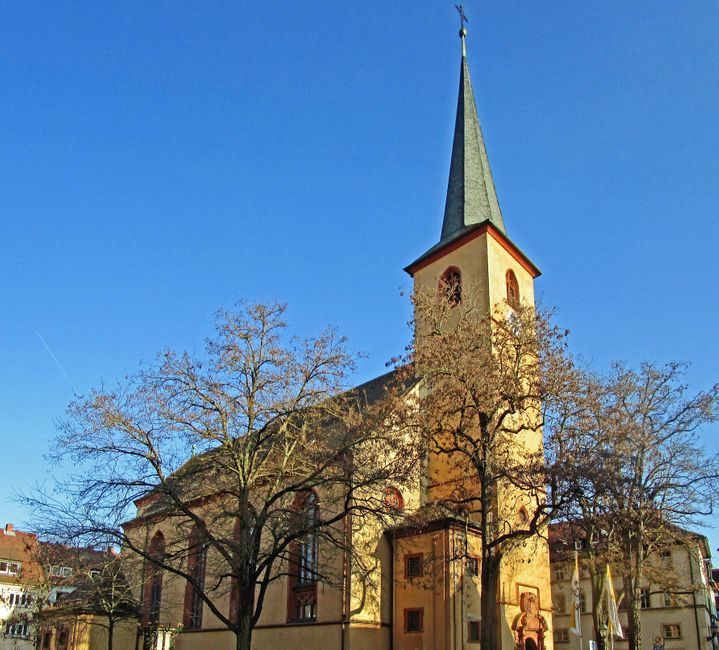
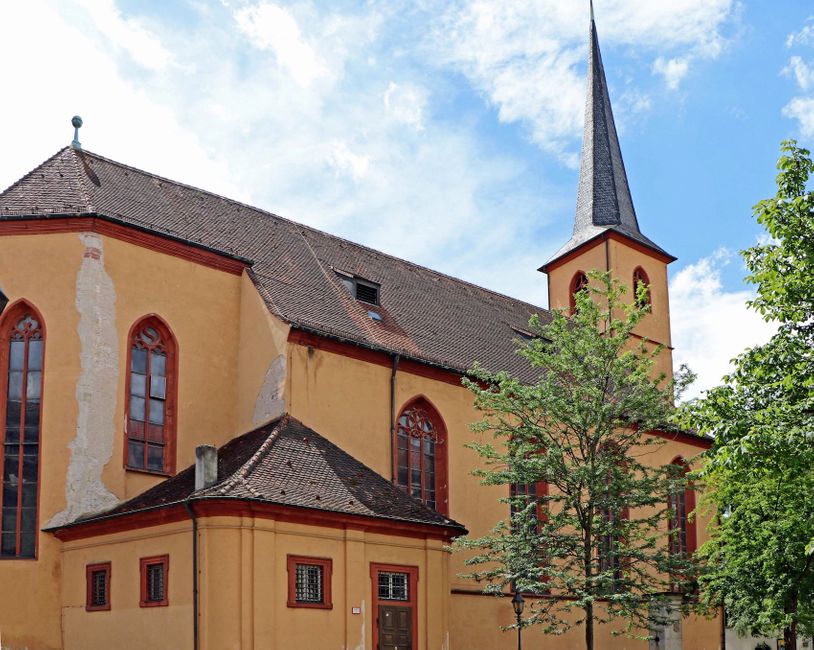
Harpidetu Buletinera
Corresponding to the symbol of Germany's largest rectory created in the previous post about Würzburg, in this second post we want to focus on the church buildings of Würzburg, which alone make an impressive impact with their density. In terms of their density alone, with their multi-towered and domed structures scattered throughout the city center of Würzburg, they create a wonderfully viewable entirety in the cityscape, which is otherwise rarely found in Germany.
The beautiful churches have an adornment that does not – in comparison to the whole world – stand out in an extraordinary way. The viewer who is inclined to compare them with the great Gothic cathedrals, such as the mighty St. Peter's Basilica in Rome or the most prominent Baroque basilicas, will probably not find anything truly outstanding in Würzburg's sacred buildings. There is also nothing comparable to the incomparable and fantastically imaginative La Sagrada Familia or the mythologically enchanted stave churches in Norway. However, a whole city, comparable to a rectory in terms of its density of churches, is already fascinating in itself and can rightly claim attributes such as astonishing or remarkable.
Knowledgeable and interested individuals might object to our previous explanations at this point and argue that Würzburg does indeed have something truly extraordinary and outstanding in terms of sacred architecture when it presents the Hofkirche located in the south wing of the Episcopal Residence – in comparison to the whole world. The Hofkirche, which is integrated into the main building of the residence and is not visible from the outside, can only be considered a masterfully completed Baroque structure of the highest international standing.
However, due to a strict photography ban inside the extraordinary architectural highlight, the Hofkirche, we cannot show any images of it here. Nevertheless, the images presented in this post will probably have their own impact.
Harpidetu Buletinera
Erantzun
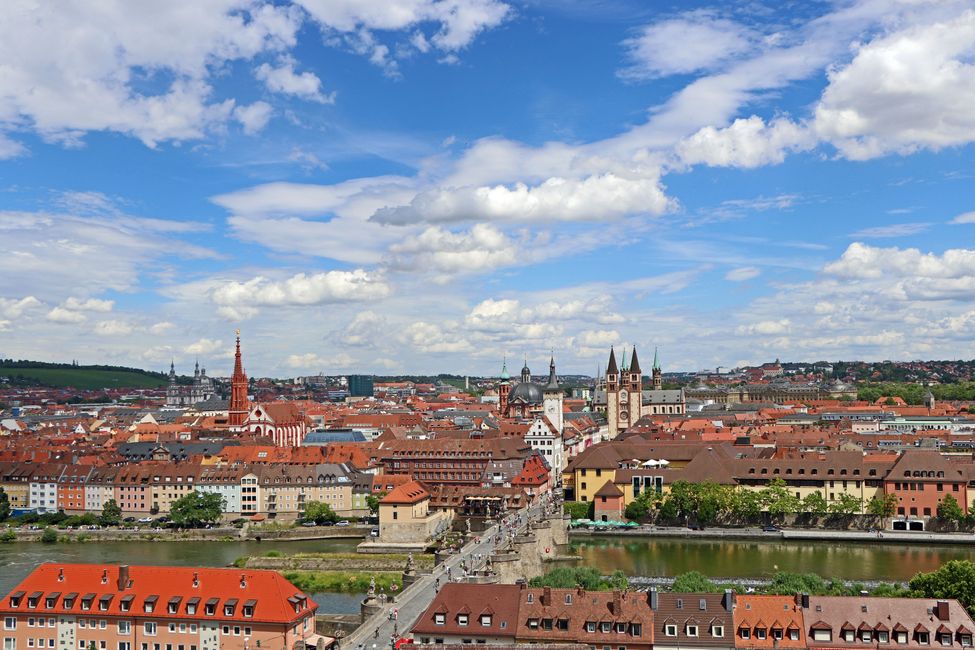
Bidaien txostenak Alemania
